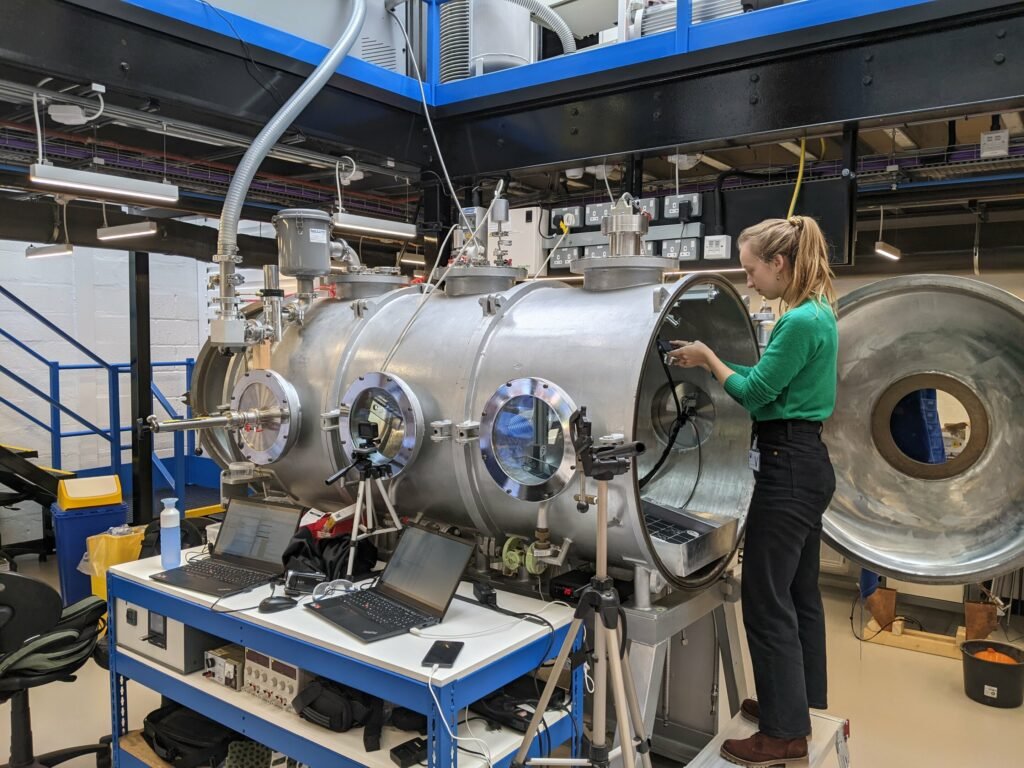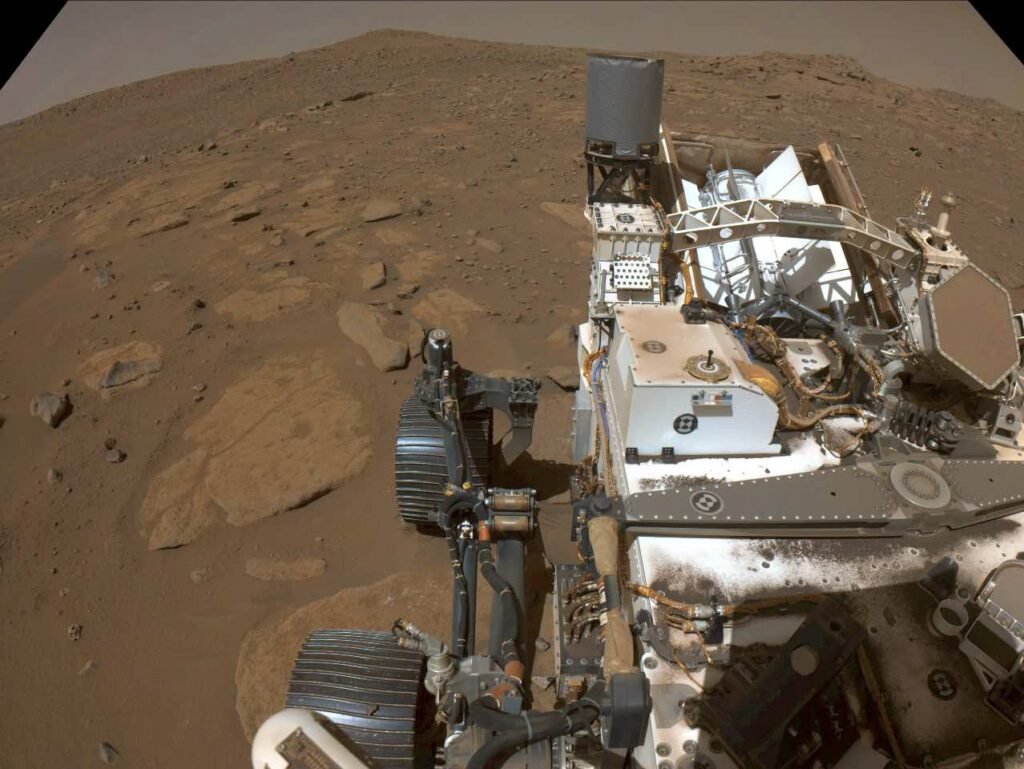For decades, astronomers have viewed Mars as one of the most promising locations to find evidence of extraterrestrial life in our solar system. The planet shows tantalizing signs of having liquid water in its ancient past – a key ingredient for life as we know it. However, a new study may prove that Mars was not as wet as we previously thought.
NASA has sent a fleet of rovers to explore Mars, scouring the surface for clues about its watery history. Of particular interest are the mysterious gullies that scar the planet’s surface – trenches that, on Earth, would be formed by flowing liquid carving into soil and rock over time.
However, researchers from Utrecht University in the Netherlands are casting doubt on just how wet and potentially habitable Mars has truly been, at least in more recent history. The research provides strong evidence that these gullies were created not by water, but by something much more ephemeral – the sublimation of carbon dioxide (CO2) ice.
Published in the journal, Communications Earth & Environment, the team investigated the origins of the martian gullies with a two-pronged approach.
First, they conducted experiments simulating the low atmospheric pressure and temperature conditions on Mars using a specialized environmental chamber. Inside the chamber, they created scenarios where either 1) a mixture of sand and CO2 ice flowed over a heated surface, or 2) warm sand flowed over a layer of CO2 ice. In both cases, the sublimation (direct transition from solid to gas) of the CO2 ice caused the sand to become fluidized and mobile, creating flow patterns strikingly similar to those seen in martian gullies.


“With our experiments in a so-called ‘Mars chamber,’ we were able to simulate this process under Martian conditions,” Lonneke Roelofs, a planetary researcher at Utrecht University, explained. “Using this specialized lab equipment we could directly study this process with our own eyes. We even observed that debris flows driven by CO2 ice under Martian conditions flow just as efficiently as the debris flows driven by water on Earth.”
The second part of the study involved sophisticated climate modeling to determine the conditions under which the CO2 sublimation process could occur on present-day Mars. The atmospheric model simulated temperature variations across different martian slopes and latitudes over an entire year. According to the study, the locations and timing where the model predicted CO2 frost could exist adjacent to warm, defrosted areas aligned extremely well with observations of current gully activity on Mars made by orbiting spacecraft like NASA’s Mars Reconnaissance Orbiter.
Roelofs and her team argue that if the gullies can be created simply through CO2 ice processes rather than flowing water, Mars may have been significantly more arid than previously believed, especially in its recent past. Previous studies estimate that thousands of cubic kilometers of liquid water flowed across Mars to carve the gully systems we see today, however, if Mars is as dry as this new study suggests, the possibility for life to take hold shrinks.


While the findings don’t rule out the possibility of life on Mars, they do indicate that the window of time when habitable conditions existed may have been much shorter than initially hoped.
“We know for sure that there was once water on the surface of Mars. This study does not prove the contrary,” Roelofs says. “But the emergence of life likely needs a long period where liquid water was present. Previously, we thought that these landscape structures were formed by debris flows driven by water, because of their similarity to debris flow systems on Earth. My research now shows that, in addition to debris flows powered by water, the sublimation of frozen CO2 can also serve as a driving force behind the formation of these Martian gully landscapes. That pushes the presence of water on Mars further into the past, making the chance of life on Mars smaller.”
MJ Banias is a journalist who covers security and technology. You can find his work here. He co-hosts The Debrief Weekly Report. and you can email MJ at mj@thedebrief.org or follow him on Twitter @mjbanias.

